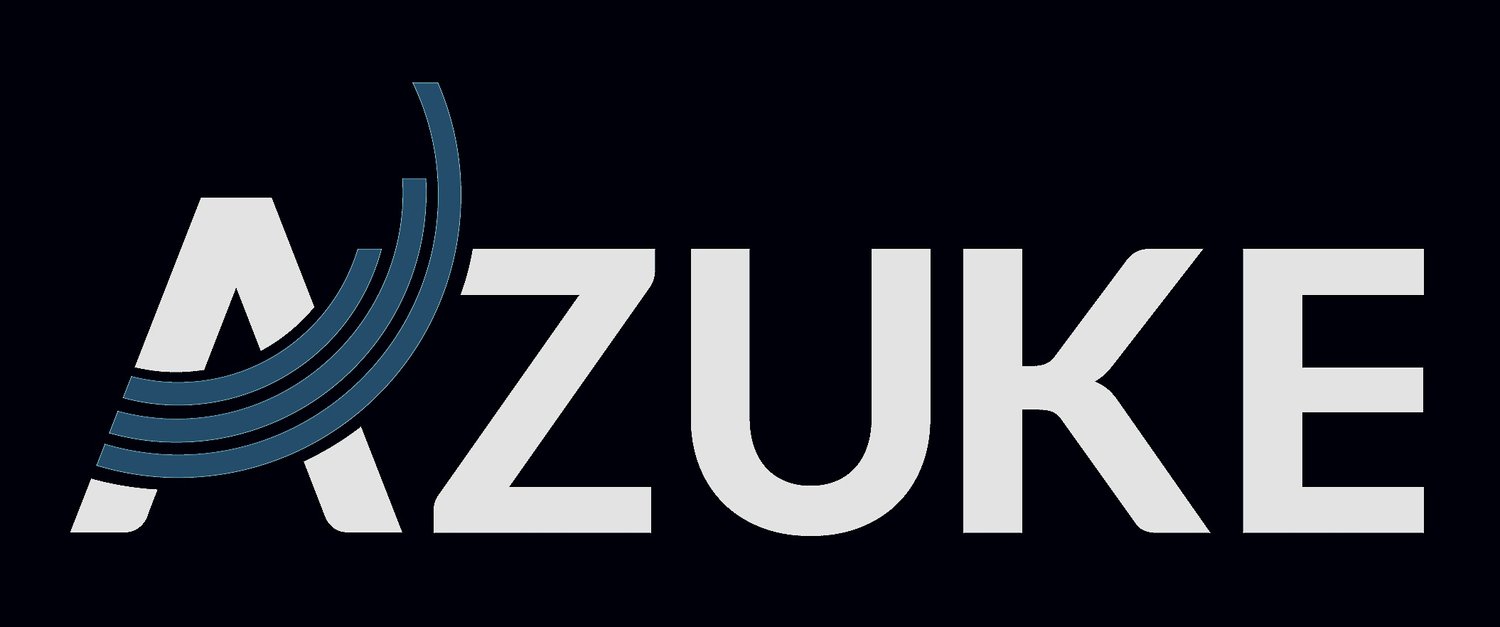A quick guide to Silver ETF in India
The market volatility since Covid ensued has made investors look for hedge options apart from the gold rush. While gold is the safest bet and considered the best hedge against inflation, it is one of the more difficult precious metals to obtain, which is clearly reflected in its price.
This need for an alternative has brought attention to silver bullion, whose prices are determined primarily based on the demand and supply of the metal and not just investor behaviour since it is delinked as a form of money. What influences the demand for silver is, for the most part, its large-scale industrial usage.
Silver's status as the best electrical and thermal conductor makes it irreplaceable and widely used in fuses, switches, and electrical appliances. Most phones and computers use silver. Silver is essential in the automobile sector, used in solar panels, important in the aerospace sector, and used in many other industries in some form or another. Thus, demand for silver is closely linked with industrial growth; an upward trend in the industrial outlook will correspondingly give an uptick to the demand for silver.
As far as supply is concerned, silver has better availability than its gold counterpart. Silver is not just obtained from natural abundance but is also a by-product of the mining of other metals such as zinc, copper, gold, etc. While the production of gold in India is not as significant as compared to its global competitors, India ranks third in the production of silver, giving a slight boost to the home country’s industries using silver.
This dynamic usage of silver, combined with its durability, has made silver an attractive investment option over the years. Silver coins, bars, jewellery, and utensils were the traditional entry points for investing in silver.
Exchange Traded Funds (ETF) are, simply put, a combination of shares and mutual funds. They are traded on most stock exchanges like equity, but they have multiple underlying assets like mutual funds. Silver Exchange Traded Funds are nothing but investment tools traded on exchanges that invest in physical silver or silver-related instruments.
Let us understand a bit more about silver ETFs.
How is the price calculated? The price of the silver ETF is benchmarked to silver prices based on the London Bullion Market Association's price. Any fluctuations in the open price of silver are reflected in the NAV of the ETF.
Expense Ratio: Like any fund, an ETF also has an expense ratio, which is the fund management fees. One should compare the expense ratios of available ETFs to make an informed decision. SEBI mandates that the expense ratio should not be more than 1% of the assets under management for a silver ETF.
Underlying asset: Silver ETFs come under the purview of SEBI, which mandates that 95% of the total assets shall be composed of silver or silver-related instruments with 999-carat purity.
Regulation: SEBI mandates that fund management companies maintain the physical silver with third-party custodians. These are subject to regular physical audits by statutory auditors.
Storage cost: Since the fund management company looks at end-to-end handling, there is no storage cost or maintenance of physical silver by investors.
Liquidity: What can be called the most attractive feature of a silver ETF is its saleability. Being listed on the stock exchange allows investors to exit at any time and take advantage of price fluctuations on a real-time basis.
Tracking error: Tracking error is the difference between the benchmark return and the return provided by the ETF. SEBI mandates that tracking errors exceeding 2% be disclosed by fund managers and closely monitored.
Thus, silver ETFs appear to be a safer and more liquid option to hold and transact in silver. Since the tool is under the purview of SEBI, it naturally becomes a prudent option that is well regulated but at the same time open to free trade on the stock exchanges.
Who can invest in a silver ETF?
Anyone wishing to diversify their portfolio can opt for a silver ETF. While financial advisors say that if the financial plan is just to create a hedge against market volatility, then silver might not provide a gold-level hedge since it moves along with real economic growth, they tend to move in parallel with the stock markets and experience similar shocks and burdens that the equities do. However, its status as a precious commodity does warrant its use as a hedge, especially against inflation. Also, its price favourability is definitely a merit that attracts investors.
All in all, one needs only a Demat account and a trading account, and they are good to start the investment journey in a silver ETF.
Always consult your investment advisor before investing in ETFs as they are risky assets.

